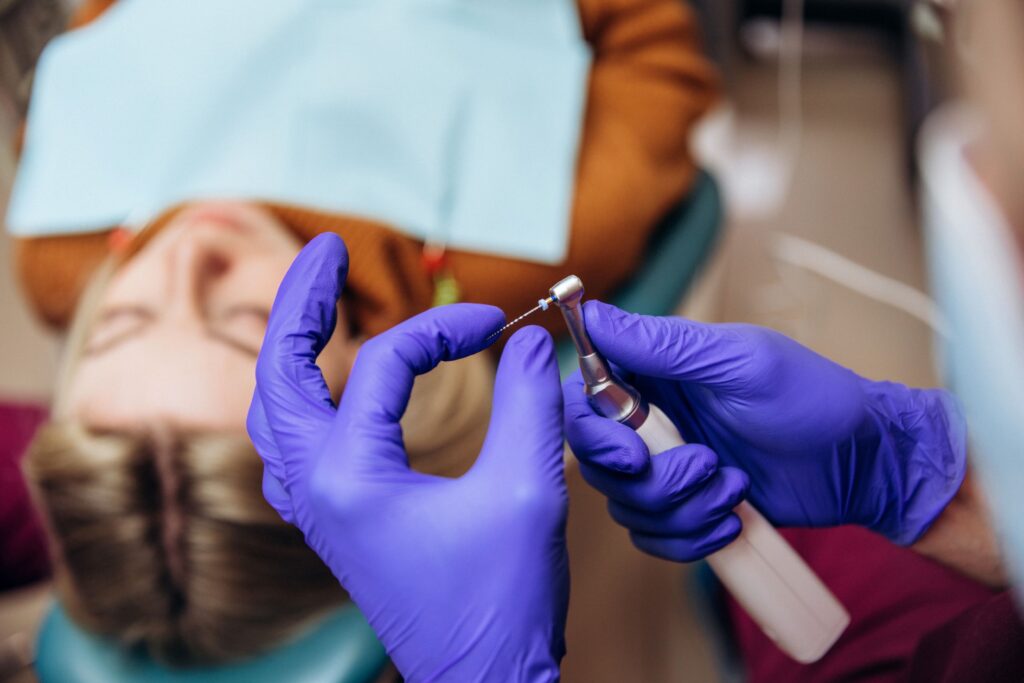
Do you have a toothache that won’t subside or an infected tooth requiring attention? If so, your dentist will likely treat it with a root canal. This procedure involves making a small opening to clear away infected materials, then sterilizing your tooth and sealing it closed to keep bacteria out. Then, they usually provide a dental crown to restore its appearance and functionality.
A root canal can alleviate your ache and save your smile, but you might avoid it if you’re unsure what to expect from recovery. Continue reading to learn three helpful tips for healing after your appointment!
Tip #1: Stick to Soft Foods
Your provider will numb the affected tooth for your procedure, and the impact of the medication can linger. Many dentists recommend that you avoid eating or drinking anything immediately afterward, because you might inadvertently bite or burn the tender tissues in your mouth while they’re desensitized.
Then, in the days following your visit, you may want to avoid overly hard, sticky, hot, or spicy foods that can trigger aches or inflammation. Sticking to softer options can provide your body with the nutrients it needs to heal without causing additional irritation. Popular options include yogurt, scrambled eggs, applesauce, mashed potatoes, or blended fruit smoothies.
Tip #2: Clean Your Mouth Carefully
Many dentists ask that you avoid brushing the treated tooth for at least 24 hours following a root canal to give the area time to mend. During this time, you can gently rinse your mouth with warm (but not hot) salt water to naturally disinfect your mouth and reduce swelling.
Then, you can resume your twice-daily dental hygiene routine of brushing and flossing, but take care to use a soft-bristled brush that won’t hurt your sensitive gums. You may also try holding your brush with just two or three fingers to avoid applying too much pressure.
Tip #3: Take Prescribed Medications
Depending on your circumstances, your dentist may prescribe additional medications, such as antibiotics or pain relievers, after your treatment. It’s important that you take these drugs exactly as directed to avoid potential complications.
However, not all patients require these options. If your provider doesn’t give you any prescriptions, it’s likely that they don’t anticipate that you’ll need them. In these cases, it’s usually safe to take over-the-counter options, like Tylenol or ibuprofen, to address any throbbing or inflammation.
Your dental team will likely provide a comprehensive list of post-operative instructions intended to help you heal as quickly as possible without developing any adverse effects.
Meet the Author
Dr. Wendy Winarick has more than two decades of experience improving patients’ lives by enhancing their oral health. She earned her dental degree from the University of Texas School of Dentistry in Houston and has been practicing in Waco ever since. Today, she provides a comprehensive menu of services to people of all ages, including root canals, under one roof. She combines a caring approach with state-of-the-art equipment to improve patient comfort while delivering accurate results intended to last. If you have a toothache and need help, you can request an appointment on the website or call (254) 772-1827.
